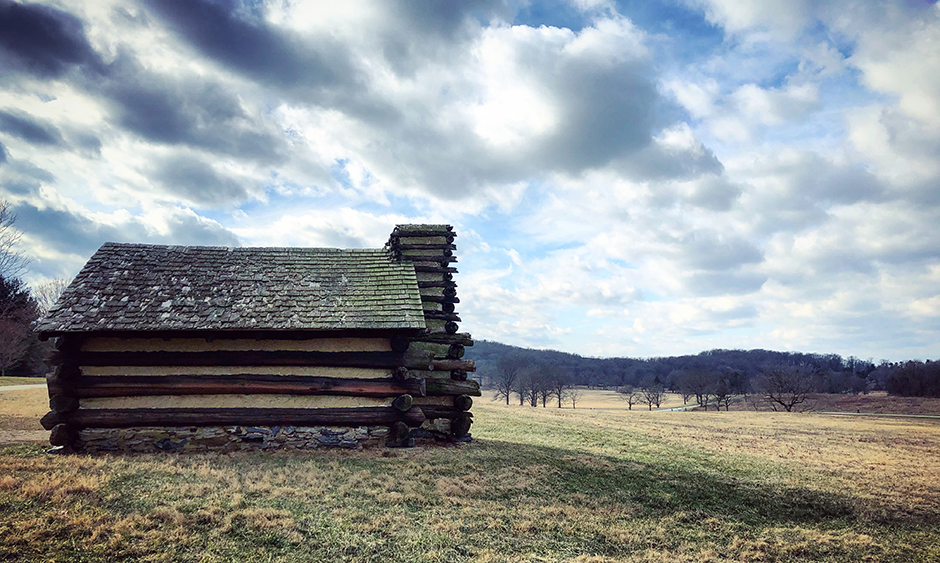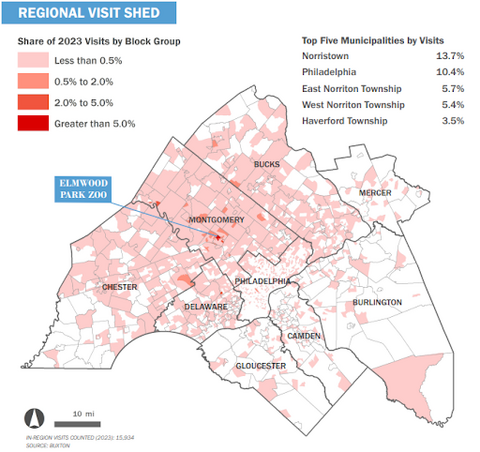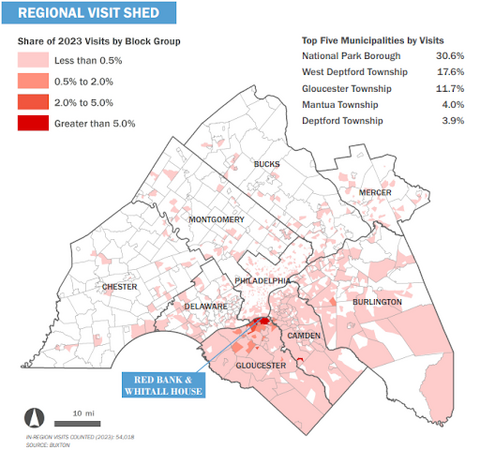
October 29, 2024
The tourism and hospitality industry represents a vital part of the economy in the Greater Philadelphia region, and it requires special consideration for transportation planning purposes. Through DVRPC’s Multimodal Access to Tourist Destinations project, staff investigated visitation trends and transportation implications for select tourist destinations across the region’s eight suburban counties.
The tourism and hospitality industry represents a vital part of the economy in the Greater Philadelphia region, and it requires special consideration for transportation planning purposes. The IIJA federal transportation legislation identifies “enhancing travel and tourism” among its ten planning factors for Metropolitan Planning Organizations (MPOs). As such, DVRPC makes regular efforts to evaluate multimodal access to tourist destinations and assess transportation conditions and challenges that impact this sector.
Many attractions that are outside of the metropolitan core of Philadelphia have varying degrees of accessibility by transit, walking, or biking. Staff developed a “visit shed” analysis to help understand where some of these destinations draw visitors from within the region, and how the existing transportation network provides access to them. Most of the selected sites are historical in nature, in an effort to highlight access trends and needs at locations that may solicit increased interest during the 2026 celebration of the nation’s semiquincentennial, or the 250th anniversary of the 1776 signing of the United States Declaration of Independence in Philadelphia. Planners and tourism site operators can use the data to understand where visitors travel from today and identify opportunities to enhance transit and multimodal access in the future.
A Closer Look at Multimodal Access to Tourist Destinations
The individual site analyses are compiled together by county and each receive a one-page profile highlighting their visit shed, transportation context, and other key data and information. The maps help illustrate how some attractions draw visitors from across the entire region, like the Grounds For Sculpture, Longwood Gardens, or Sesame Place. Other destinations have a visitation base that is more split along state lines: Elmwood Park Zoo, located in Montgomery County, has a visit shed that appears to cover a significantly greater share of block groups in southeastern Pennsylvania than in southern New Jersey, while the opposite seems true of the Red Bank Battlefield in Gloucester County. Certain sites look to have an almost hyperlocal appeal: the National Iron & Steel Heritage Museum, in Coatesville, saw visits come more exclusively from Chester County. Whitesbog Historic Village, in Pemberton Township, saw a similarly high concentration of visits mainly from within Burlington County.


The analysis considers proximity to rail stations, bus stops, and the regional trail network. Though many of the destinations are located within a short distance from transit, there were no strong commonalities between their visit sheds. Some—like the Indian King Tavern Museum in Haddonfield—drew visits in a highly clustered pattern from nearby block groups, while others—like the Battleship New Jersey in Camden and the Old Barracks Museum in Trenton— had fairly dispersed visitation patterns. The same was true for attractions farther away from transit facilities: Historic Yellow Springs in Chester County had a more clustered set of visits, while the Washington Crossing Historic Park in Mercer County drew visitors from a wider area.
It is possible to tease out some trends related to walkability as well. For example, of the six attractions with a Walk Score under 10, making them extremely car-dependent, all but one had a mostly clustered visit shed. The outlier was Valley Forge National Historical Park, which drew visits from across the region and happens to have a bus stop on site. However, there did not seem to be a reciprocal trend among those sites with the highest Walk Scores. Take the Mercer Museum in Doylestown, for instance, which led all destinations with a Walk Score of 92, but still had a moderately clustered visit shed concentrated around Central and Upper Bucks County.
It is likely that these types of leisure visits are influenced by a combination of factors, including the context, size, and type of attraction under consideration, in addition to transportation access. Nonetheless, it remains an important aspect of DVRPC’s mission to support multimodal routes to the region’s tourism assets, including serving as a collaborating partner within the America250 planning efforts.
More Information
Additional information about the destinations referred to in this article and others within each county are highlighted on their respective profile pages. View these under Destination: Delaware Valley.